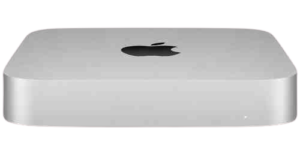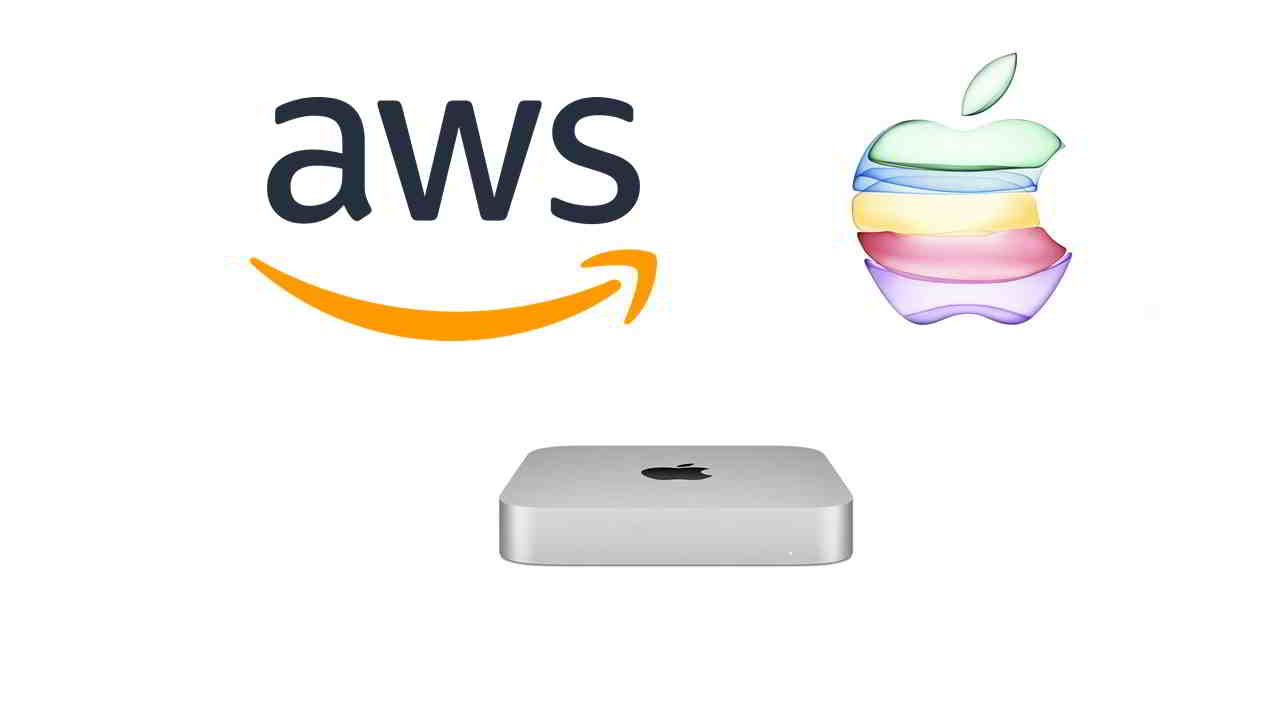Apple’s community of more than 28 million developers now have access to AWS services. And AWS customers can run macOS workloads. At the AWS re:Invent annual customer event that opened on 30 November, AWS announced new Mac instances (EC2 Mac instances) for Amazon Elastic Compute Cloud (Amazon EC2).
Win-Win announcement
This announcement is a win-win for both Apple and AWS customers and developers.
Built on Mac mini computers, EC2 Mac instances enable Apple customers to run on-demand macOS workloads in the AWS cloud for the first time ever. Apple developers will benefit from the flexibility, scalability, and cost benefits of the AWS platform. With EC2 Mac instances, developers can create apps for iPhone, iPad, Mac, Apple Watch, Apple TV, and Safari; they can now provision and access macOS environments “within seconds,” dynamically scale capacity as needed, and benefit from AWS’s pay-as-you-go pricing. Developers can get started with EC2 Mac instances, here: https://aws.amazon.com/ec2/instance-types/Mac/
Millions of Apple developers use platforms and tools such as Xcode and Swift, and frameworks like Core ML and Metal, to create apps for the Apple platforms.
Customers can provision and access macOS compute environments for distributed testing and fast app builds. That means they can use Mac as their platform, on-premises, or in the cloud. Customers can also consolidate the development of cross-platform Apple, Windows, and Android apps onto AWS, and that vastly improves developer productivity and accelerates time to market.
Similar to other Amazon EC2 instances, customers can use EC2 Mac instances together with AWS services and features like Amazon Virtual Private Cloud (VPC) for network security, Amazon Elastic Block Storage (EBS) for expandable storage, Amazon Elastic Load Balancer (ELB) for distributing build queues, and Amazon Machine Images (AMIs) for OS image orchestration. The availability of EC2 Mac instances also offloads the heavy lifting that comes with managing infrastructure to AWS, which means Apple developers can focus entirely on building great apps.
RELATED STORY

AWS Summit 2019, Mumbai, India
Why Everyone Wants to Be a Part of the AWS Universe
“Our customers tell us they would love to have their Apple build environment integrated with AWS services,” said David Brown, Vice President of EC2, at AWS. “With EC2 Mac instances, developers can now provision and access on-demand macOS compute environments in AWS for the first time ever, so they can focus on creating groundbreaking apps for Apple’s industry-leading platforms, rather than procuring and managing the underlying infrastructure.”
“Apple’s thriving community of more than 28 million developers continues to create groundbreaking app experiences that delight customers around the world,” said Bob Borchers, Vice President, Worldwide Product Marketing, at Apple. “With the launch of EC2 Mac instances, we’re thrilled to make development for Apple’s platforms accessible in new ways, and combine the performance and reliability of our world-class hardware with the scalability of AWS.”
Powered by Mac Mini and AWS Nitro System
 EC2 Mac instances are powered by a combination of Mac mini computers—featuring Intel’s eighth-generation 3.2GHz (4.6GHz turbo) Core i7 processors, 6 physical/12 logical cores, and 32 GiB of memory—and the AWS Nitro System, providing up to 10 Gbps of VPC network bandwidth and 8 Gbps of EBS storage bandwidth through high-speed Thunderbolt 3 connections. Amazon EC2 Mac instances are uniquely enabled by the AWS Nitro System, which makes it possible to offer Mac mini computers as fully integrated and managed compute instances with Amazon VPC networking and Amazon EBS storage just like any other Amazon EC2 instance. EC2 Mac instances are available to be purchased On-Demand or with Savings Plans. EC2 Mac instances are available now in the US East (N. Virginia), US East (Ohio), US West (Oregon), Europe (Ireland), and Asia Pacific (Singapore) regions, with other regions coming soon.
EC2 Mac instances are powered by a combination of Mac mini computers—featuring Intel’s eighth-generation 3.2GHz (4.6GHz turbo) Core i7 processors, 6 physical/12 logical cores, and 32 GiB of memory—and the AWS Nitro System, providing up to 10 Gbps of VPC network bandwidth and 8 Gbps of EBS storage bandwidth through high-speed Thunderbolt 3 connections. Amazon EC2 Mac instances are uniquely enabled by the AWS Nitro System, which makes it possible to offer Mac mini computers as fully integrated and managed compute instances with Amazon VPC networking and Amazon EBS storage just like any other Amazon EC2 instance. EC2 Mac instances are available to be purchased On-Demand or with Savings Plans. EC2 Mac instances are available now in the US East (N. Virginia), US East (Ohio), US West (Oregon), Europe (Ireland), and Asia Pacific (Singapore) regions, with other regions coming soon.
This correspondent was invited by AWS to attend AWS re:Invent (virtually)









